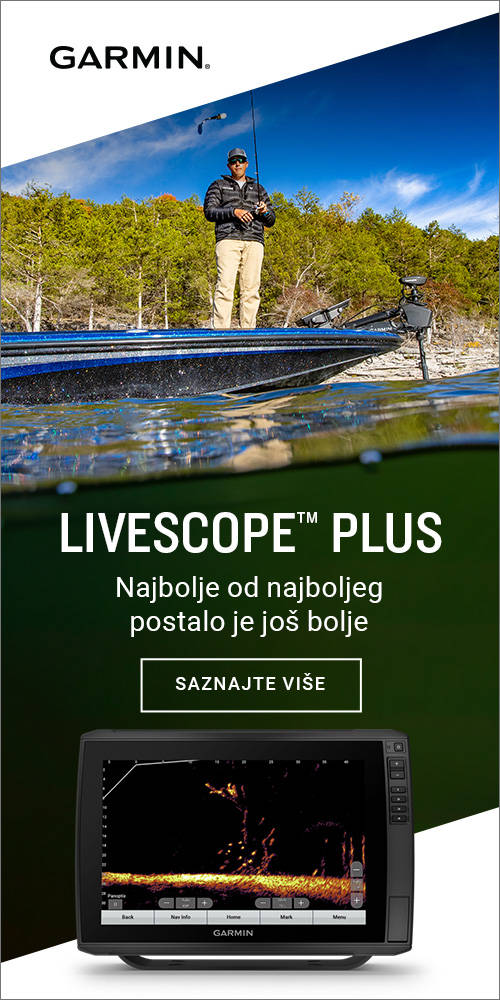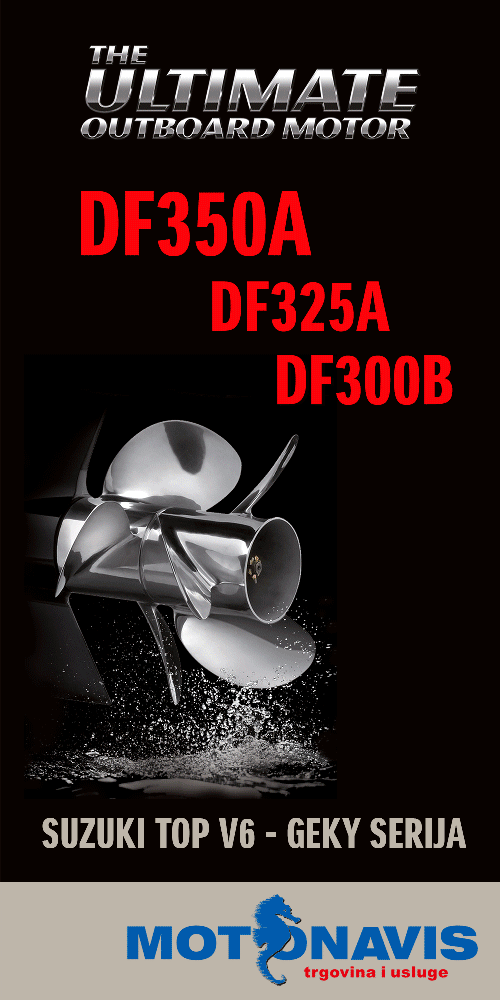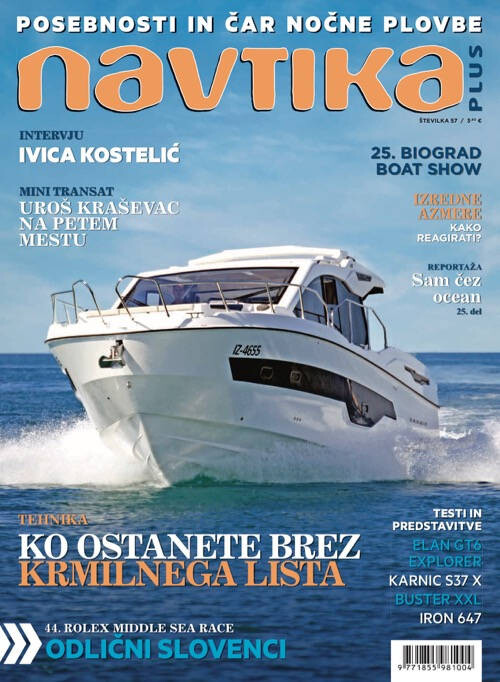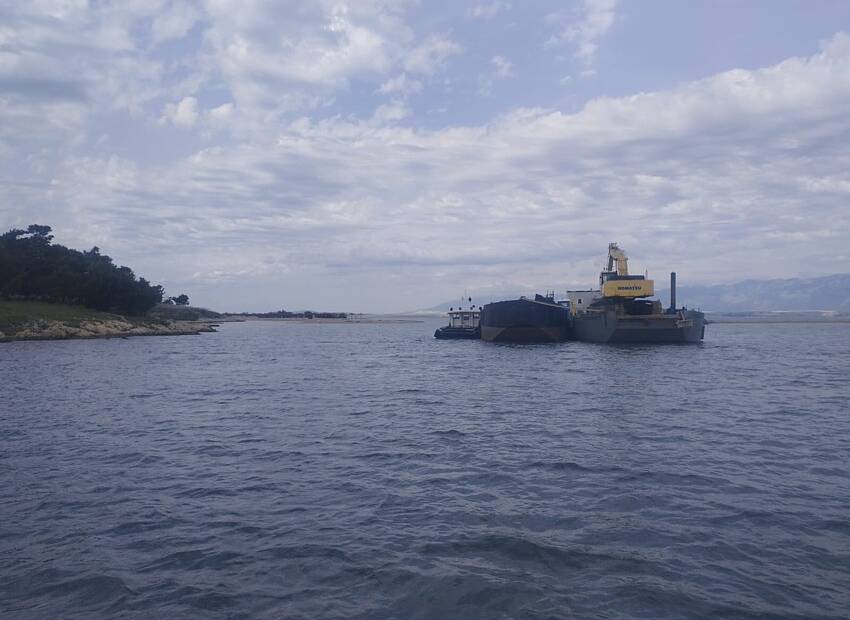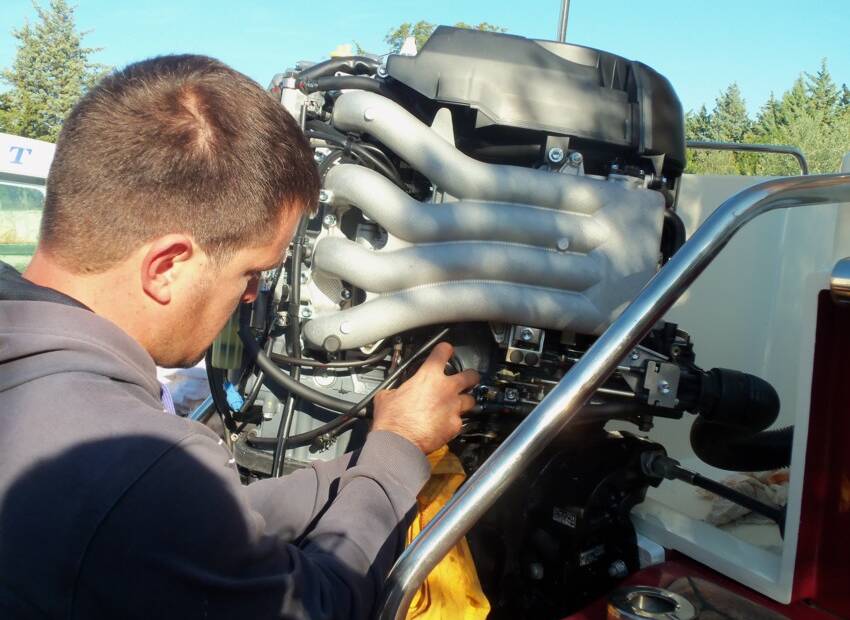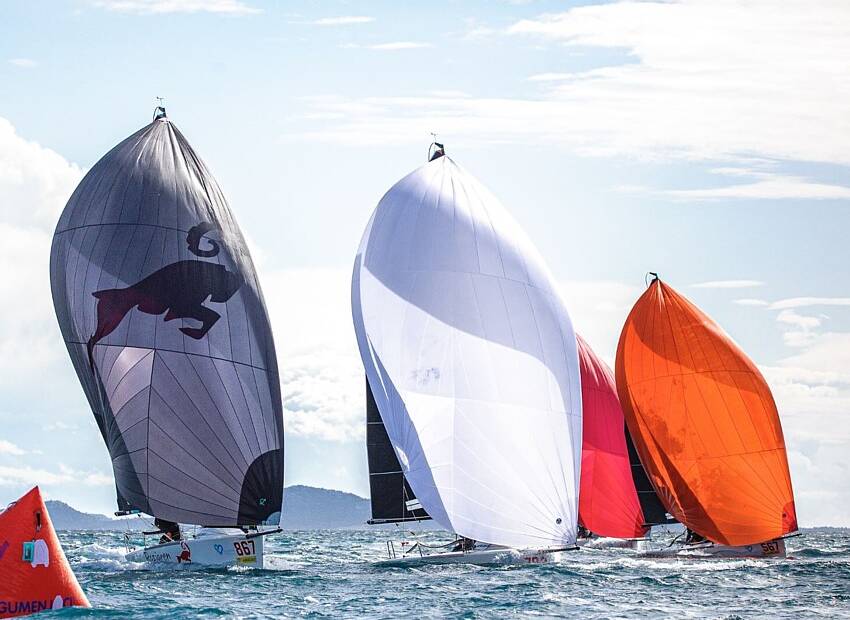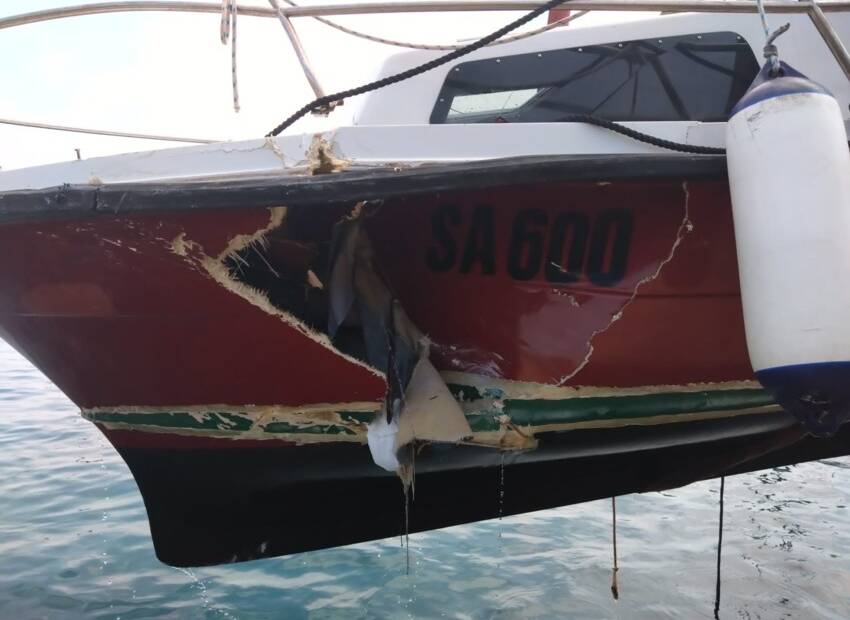Have you experienced the frustration...
of trying to sail in light, flukey winds?
Sure, you could turn on your engine...
but that's power boating--not sailing!
Discover these little-known techniques...
to make faster cruising passages--or
beat the competition on race night!
~~~~~~~~~~~~~~~~~~~~~~~~~~~~~~~~~~~~~~~~
"It's Your Call, Skipper!"
Do You Know These Light Air Sailing Secrets?
Learn to sail like a pro when you know the secrets to keep your small sailboat moving in super light winds. Follow these five easy-to-use tips when sailing in the gentle winds of dawn's first light or the ghost-like zephyrs of a moonlit night.
Maintain Momentum for Sailing Speed
Imagine that you have your foot on the accelerator of your car, moving ahead at a slow speed. All of a sudden, you run out of gas. You need to find a place to pull off to the side of the road.
You will need to use every trick in the book to keep your car's forward momentum going to make it to the pull-off ahead. Steer in a straight line for less resistance, take advantage of inclines, and keep the car on the smoothest part of the road.
Use similar techniques to maintain forward momentum in super light air sailing (winds of 1 to 5 knots). Sailors sometimes refer to this as 'ghosting'. Follow these five easy sailing tips:
Use Smaller Sails for Less Weight
You might think that light wind means you need a bigger sail to catch all the wind you can. But bigger sails have lots of weight--just what you want to avoid in super light air. Use a little-known strategy and hoist a smaller sail on a super light air day. This will help your sails maintain better shape for optimum sailing performance in ghosting breezes.
Under Trim Your Sails for Speed
Wind flows onto both sides of your sails. Your objective will be to keep that wind attached from the luff to the leech as long as possible. In light air, you will have more wind near the top of the mast. That's because less surface friction allows the wind to flow without resistance.
Ease the sheets on your sails more than you think necessary. This will cause the upper part of your sails to 'twist' (open) a bit to leeward and help encourage good wind flow across the sail. Use the magic of under-trim to gain more speed when other boats are sitting still.
Move Like You Whisper
Ask your crew to move in "slow motion", in particular when shifting their weight from one side of the boat to the other. This will prevent the boat from rocking too much, which could slow her down in ghosting conditions. Move in slow motion to maintain forward motion!
Sit to Leeward and Forward
Sails have a tough time in light air. The weight of sailcloth can cause them to hang like clothing on a line on a windless day. Use gravity to help your sails "fall" into their designed airfoil shape. Shift crew weight to the leeward side and a bit forward. Weight to leeward helps the sails fall into shape; weight forward lifts the stern for less hull friction.
Use Swooping for Close Hauled Courses
Use a little-known strategy called "Swooping" when your destination lies upwind. Sail onto a close hauled course and build up momentum. As soon as you notice a drop in speed, fall off to a close reaching course. Wait for the boat to build up speed again. Then, use a slow, smooth motion with the wheel or tiller to 'swoop' back up to your close hauled course.
Keep sailing close hauled until your speed starts to drop off again. Then, fall off the wind to a close reaching course to build up speed; then swoop back up to your close hauled course. Repeat this swooping sequence to keep your boat moving with good forward momentum when beating in super light air.
Learn to sail like a pro with these light wind sailing tips. You will experience more speed, power, and performance in the gentle breezes over the water--wherever in the world you choose to sail!
| Captain John's Sailing Tip When running downwind for long distances, use a whisker pole. Measure the foot of your largest headsail. Purchase a pole that telescopes longer than this measurement. Poles telescoped all the way are weaker; a longer pole with good overlap will be stronger in all regards. |
| Let the top twist open a little and nine times out of ten your speed will pick up.end quote -- Brian Hancock, from 'Maximum Sail Power' |
Captain John
Get instant access to 400+ sailing articles, videos, live discussion forums, and free ebooks! Click here to find out more!





